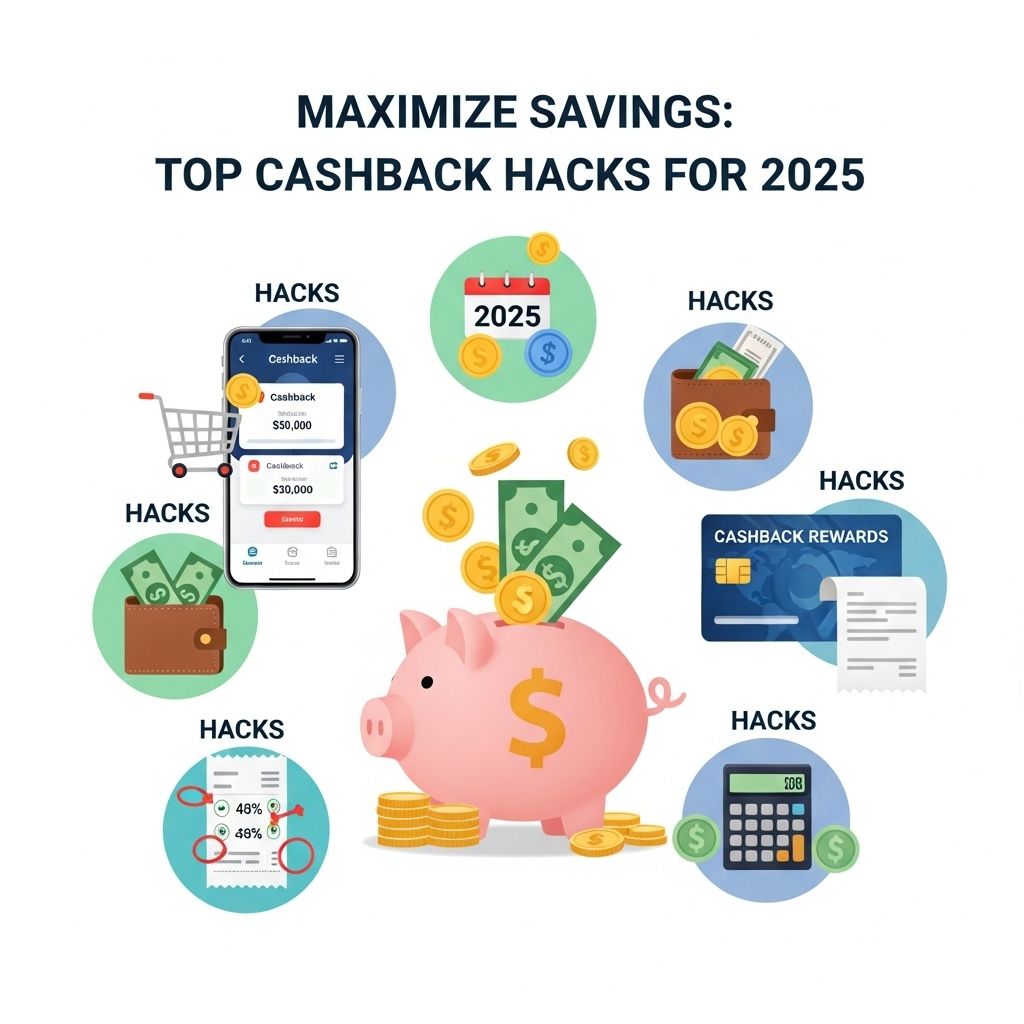In today’s fast-paced economic landscape, building wealth through traditional means such as savings accounts and one-time investments can feel increasingly daunting. Enter the realm of recurring income models—a robust strategy for generating continuous cash flow that can lead to financial freedom. This article delves into various recurring income models, their benefits, and best practices for implementation. Whether you’re a seasoned investor or just starting your financial journey, understanding these models can significantly impact your wealth-building efforts.
Understanding Recurring Income
Recurring income is a revenue model that provides consistent income streams over time. Unlike one-time payments, recurring income is generated at regular intervals, creating predictable cash flow.
Key Characteristics of Recurring Income
- Predictability: You can forecast income more accurately over time.
- Scalability: Many models can expand without a proportional increase in costs.
- Customer Retention: Recurring models often build stronger relationships with customers.
Types of Recurring Income Models
There are several types of recurring income models, each with its own unique characteristics and benefits. Here are some of the most popular:
1. Subscription Services
Subscription services are businesses that charge customers a recurring fee at regular intervals (monthly, quarterly, or yearly) for access to a product or service.
Examples of Subscription Services
- Streaming services (Netflix, Spotify)
- Software as a Service (SaaS) platforms (Adobe, Microsoft 365)
- Subscription boxes (Birchbox, Blue Apron)
2. Membership Programs
Membership programs provide exclusive access to content or benefits in exchange for a recurring fee. They create a sense of community among members.
Examples of Membership Programs
- Professional organizations (American Medical Association)
- Exclusive clubs (gym memberships, country clubs)
- Online platforms (Patreon, MasterClass)
3. Licensing and Royalties
In this model, individuals or companies earn recurring income from licensing their intellectual property or receiving royalties from creative works.
Examples of Licensing and Royalties
- Book publishing (authors earning royalties)
- Patent licensing (technology patents)
- Music royalties (songwriters, performers)
4. Real Estate Income
Real estate can be a powerful source of recurring income through rental payments. Investors receive steady cash flow from tenants.
Advantages of Real Estate Income
- Tangible asset appreciation over time
- Tax benefits (deductions for depreciation, mortgage interest)
- Diverse investment options (residential, commercial, short-term rentals)
Benefits of Recurring Income Models
Implementing a recurring income model can yield numerous advantages, contributing to long-term financial stability.
1. Financial Predictability
Regular income provides a clearer picture of financial health, allowing for better budgeting and forecasting.
2. Increased Cash Flow
Consistent and reliable income can enhance cash flow management, enabling reinvestments into growth opportunities.
3. Business Valuation
Businesses with recurring income models typically have higher valuations due to predictable revenue streams.
4. Customer Loyalty
Recurring income encourages repeat business, fostering customer loyalty and reducing acquisition costs.
How to Implement Recurring Income Models
Transitioning to a recurring income model requires strategic planning. Here are steps to consider:
1. Identify Market Needs
Start by researching your target market. Understand their pain points and preferences to tailor your offerings.
2. Develop a Subscription Plan
Create a pricing structure that reflects the value of your service. Consider multiple tiers to cater to different customer segments.
3. Ensure Seamless Payment Processing
Implement user-friendly payment solutions to facilitate smooth transactions and reduce friction in the buying process.
4. Focus on Customer Retention
Prioritize excellent customer service and engagement to retain subscribers. Regularly seek feedback to improve services.
Challenges of Recurring Income Models
While the benefits are numerous, there are challenges to consider:
1. Customer Churn
Managing customer retention is essential. High churn rates can negate income gains.
2. Initial Investment
Some recurring income models may require upfront investment, which could be a barrier for new entrepreneurs.
3. Market Competition
As subscription services gain popularity, competition increases. Differentiating your offering is crucial for success.
Conclusion
Exploring recurring income models presents an excellent opportunity for building wealth in a sustainable manner. The predictability, scalability, and customer loyalty associated with these models offer significant advantages. By understanding the various types of recurring income and strategically implementing them, individuals and businesses can pave the way toward financial independence. Embrace the journey of wealth-building through recurring income—it’s a step toward a more secure financial future.
FAQ
What are recurring income models?
Recurring income models are business strategies that generate consistent, repeatable income over time. Examples include subscription services, membership programs, and lease agreements.
How can I build wealth through recurring income?
You can build wealth through recurring income by creating a business that offers subscription-based services, investing in rental properties, or developing digital products that generate ongoing sales.
What are the benefits of recurring income models?
The benefits include predictable cash flow, reduced marketing costs, and stronger customer loyalty, which can lead to increased lifetime customer value.
What types of businesses can utilize recurring income models?
Various businesses can utilize recurring income models, including SaaS companies, gyms, online courses, and traditional service providers that offer maintenance contracts.
How do I start a subscription-based business?
To start a subscription-based business, identify a niche market, create a valuable offer, develop a subscription pricing strategy, and leverage effective marketing to attract and retain customers.
What challenges might I face with recurring income models?
Challenges can include customer retention, managing cash flow fluctuations, and ensuring consistent service quality to maintain subscriber satisfaction.




